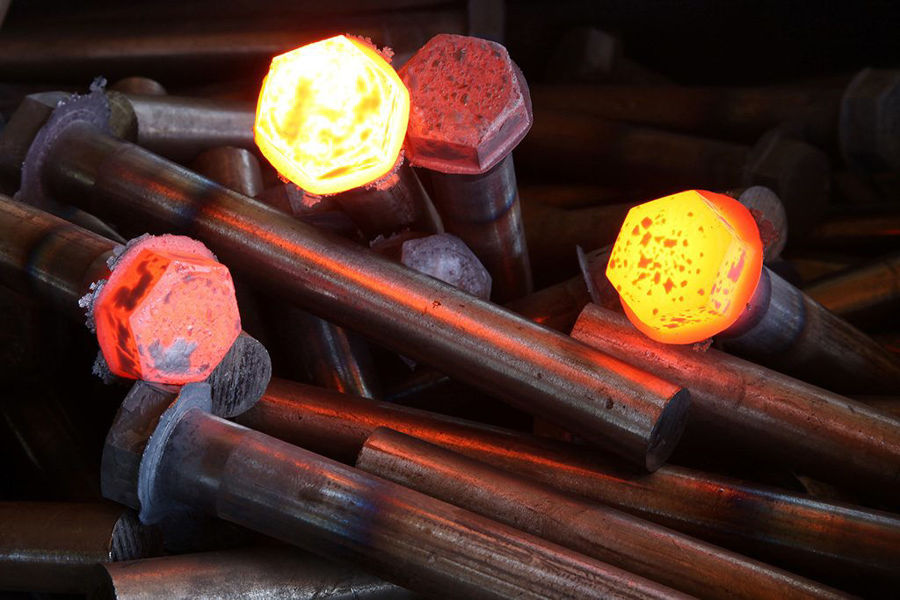Introduction: Briefly introduce the topic and explain why heat treatment is an important process in the manufacturing of hardware tools.
What is Heat Treatment?: Define heat treatment and explain how it works to change the physical properties of metals.
Types of Heat Treatment Processes: Provide an overview of the different types of heat treatment processes (annealing, normalizing, tempering, and case hardening) and explain how each one works and what benefits it provides.
Examples of Heat Treated Tools: Give some specific examples of hardware tools that are commonly heat treated and explain how the process improves their performance.
Advantages and Limitations of Heat Treatment: Discuss the advantages of heat treatment, such as increased durability and strength, as well as any limitations or potential drawbacks to the process.
Applications of Heat Treated Tools: Highlight some industries or applications where heat treated hardware tools are critical for success, providing real-world examples of how these tools are used.
Future of Heat Treatment: Discuss potential advancements in heat treatment technology and how this may impact the manufacturing of hardware tools in the future.
Conclusion: Sum up the key points of the post and reiterate the importance of heat treatment in creating high-quality hardware tools that are both strong and reliable.
Advantages of Heat Treatment for Hardware Tools: Heat treatment can provide several advantages for hardware tools, including increased strength, durability, and resistance to wear and tear. Heat-treated tools are less likely to fracture, warp, or deform, which makes them more reliable and long-lasting. Additionally, heat-treated tools can be more resistant to corrosion and other forms of environmental damage.
Factors that Affect Heat Treatment: Several factors can impact the effectiveness of heat treatment for hardware tools. For example, the chemical makeup of the metal, the desired properties of the finished product, and the specific heat treatment process used can all influence the final outcome. Manufacturers must carefully consider these factors when determining the best heat treatment process for a particular tool.
Quality Control in Heat Treatment: To ensure that hardware tools are heat treated properly, manufacturers must implement strict quality control measures. These measures can include testing the metal for consistency, measuring the temperature and cooling rates during the heat treatment process, and conducting post-treatment testing to confirm that the tool meets the desired specifications.
Safety Considerations for Heat Treatment: Heat treatment can be a dangerous process, as it involves working with high temperatures and volatile substances. Manufacturers must follow strict safety protocols to protect workers and prevent accidents or injuries. Appropriate personal protective equipment, proper ventilation, and other safety measures must be in place at all times.
Environmental Considerations for Heat Treatment: Heat treatment can also have environmental impacts, such as increased energy consumption and emissions. Manufacturers can take steps to minimize these impacts, such as using energy-efficient equipment, recycling materials when possible, and properly disposing of any hazardous waste generated during the process.
CNY
Back to All Blog Posts
The Science Behind Heat Treatment: How It Enhances the Properties of Hardware Tools?
Sunday, March 26, 2023

Comments
Write a Comment Close Comment Form




